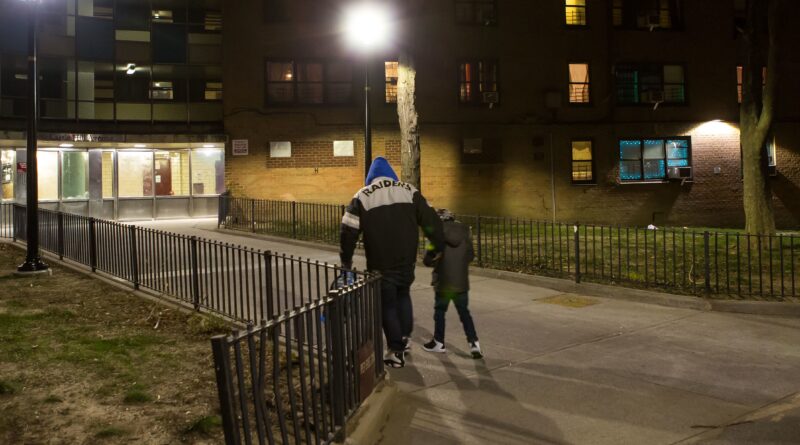HUD Awards NYCHA $24.7M for Safety & Security Measures
The U.S. Department of Housing and Urban Development (HUD) has awarded $24.7 million to NYCHA to address safety and security issues that may impact residents’ health and safety, as well as to help protect public housing properties against crime and drug-related activity.
“We are thankful to HUD for recognizing the importance of improving the health and safety of our residents,” said NYCHA Chair & CEO Greg Russ. “This support will be essential to addressing the security capital needs capable of enhancing resident quality of life going forward.”
“We must put the health, safety, and well-being of families first in all our efforts, and this latest grant funding from HUD will go towards providing critical updates and necessary repairs to help improve the safety of NYCHA residents,” said Congressman Adriano Espaillat (NY-13).
Approximately $17.3 million of the funds will be allocated towards modernizing security lighting at three NYCHA campuses across New York City: the Thomas Jefferson and James Weldon Johnson campuses in the East Harlem section of Manhattan as well as the Walt Whitman Houses campus located in the Fort Greene section of Brooklyn.
Approximately $7.3 million of the grant will be allocated towards ongoing lead abatement efforts at NYCHA housing developments across the city for units where children under 6 live or regularly visit. NYCHA has been actively working to address the lead paint in its developments. In April 2019, NYCHA kicked off an initiative to test 150 to 160 components in 134,000 apartments for lead using advanced technology. Simultaneously, NYCHA has also been collecting household composition data, via annual notices, annual re-certifications and by conducting a door-to-door survey of residents, to determine whether children under age 6 reside or regularly visit an apartment.
The funds provided by HUD to address safety and security issues for NYCHA residents will help increase the effectiveness of current and future closed-circuit security cameras (CCTV) by lightening the background and increasing the contrast that makes it easier to identify criminals on security footage. The improved lighting is also more acclimated to outdoor use and will help create more “eyes on the street” to reduce criminal activity.
In 2019, a study by the University of Chicago Urban Labs, as part of the University of Chicago Harris School of Public Policy, and in partnership with the NYC Mayor’s Office of Criminal Justice, the NYPD, and NYCHA, found that “the developments that received new lights experienced crime rates that were significantly lower than would have been the case without new lights.”
Among other findings, the study concluded that increased levels of lighting led to a 36 percent reduction in “index crimes” — a subset of serious felony crimes that includes murder, robbery, and aggravated assault as well as certain property crimes.
Photo caption: An example of improved exterior security lighting.

